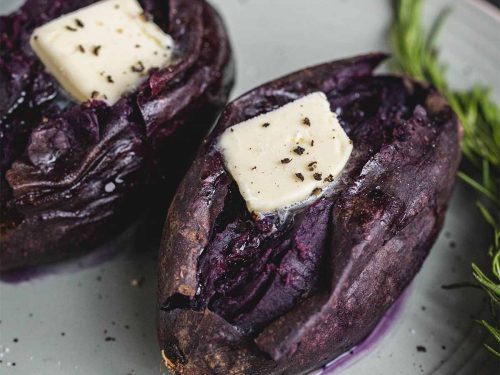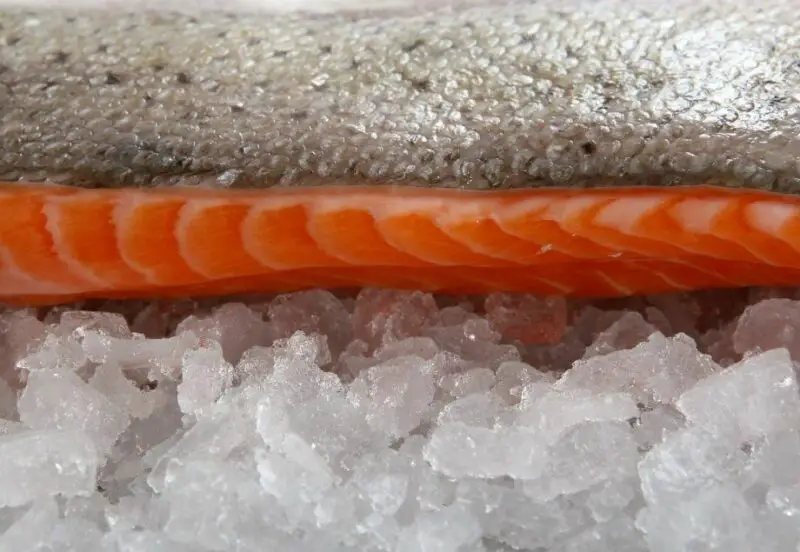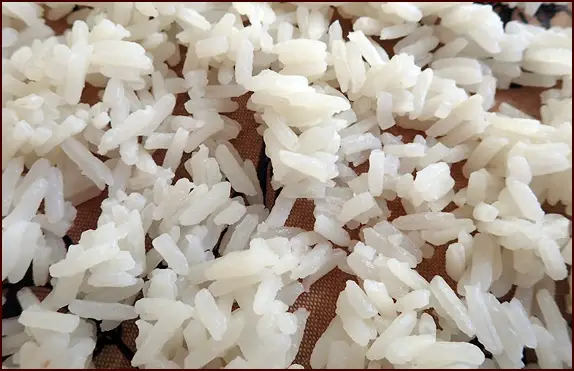When it comes to enjoying a delicious crumble dessert, many people wonder how long it will last once it has been cooked and prepared. This article will explore the factors that can affect the shelf life of a crumble and provide tips on how to store it properly to maximize its freshness and taste.
Key Takeaways:
- The shelf life of cooked crumble can vary depending on factors such as ingredients used, storage method, and conditions.
- Fresh fruits have a shorter shelf life compared to canned fruits in a crumble.
- Proper storage in an airtight container or refrigerating can help extend the shelf life to 3-4 days.
- Freezing cooked crumble can prolong its freshness for up to 3 months.
- Reheating options include using the oven or microwave, ensuring the crumble is heated through.
Factors That Affect the Shelf Life of Crumble
When it comes to the shelf life of a crumble, several factors come into play. Understanding these factors can help ensure that your crumble stays fresh and delicious for as long as possible.
Ingredients
The ingredients used in a crumble can significantly impact its shelf life. Fresh fruits like berries or peaches have a shorter shelf life compared to canned fruits. This is because fresh fruits tend to spoil faster. Additionally, if your crumble has a butter-based topping, it may not last as long as one with an oat-based topping. Butter can become rancid over time, affecting the overall taste and quality of the crumble.
Storage Method and Conditions
How you store your crumble is crucial to maintaining its freshness. To maximize its shelf life, it is recommended to store cooked crumble in an airtight container or covered baking dish in the refrigerator. This helps preserve its texture and prevents it from drying out. Avoid leaving the crumble at room temperature for an extended period, as this can accelerate spoilage.
If you want to extend the shelf life even further, freezing is an option. To freeze cooked crumble, place it in a freezer-safe container or wrap it tightly in aluminum foil or plastic wrap. Label and date the package before placing it in the freezer. Frozen crumble can be kept for up to 3 months, but it is advisable to consume it as soon as possible for the best taste and texture.
By considering these factors and following proper storage practices, you can ensure that your crumble lasts as long as possible while maintaining its deliciousness.
| Factors | Impact on Shelf Life |
|---|---|
| Ingredients | Different ingredients have varying shelf lives, with fresh fruits being more perishable than canned fruits. Butter-based toppings might not last as long as oat-based ones. |
| Storage Method and Conditions | Proper storage in an airtight container in the refrigerator can extend the shelf life, while leaving the crumble at room temperature for too long can accelerate spoilage. |
Proper Storage of Cooked Crumble
To ensure that your cooked crumble stays fresh for as long as possible, it is important to store it properly. One option is to refrigerate the crumble in an airtight container or covered baking dish. This will help to maintain its texture and prevent it from drying out. It is also recommended to consume the crumble within 3-4 days when stored in the refrigerator.
If you prefer to extend its shelf life even further, you can freeze the cooked crumble. To do this, place it in a freezer-safe container or wrap it tightly in aluminum foil or plastic wrap. The frozen crumble can be kept for up to 3 months.
H3: Tips for Proper Storage of Cooked Crumble
- Ensure the crumble has cooled completely before storing it.
- Use an airtight container or covered baking dish to prevent exposure to air and moisture.
- Label the container with the date of storage to keep track of its freshness.
- If freezing the crumble, consider dividing it into individual portions for easier thawing and consumption.
| Storage Method | Shelf Life |
|---|---|
| Refrigeration | 3-4 days |
| Freezing | Up to 3 months |
By following these tips for proper storage, you can ensure that your cooked crumble stays fresh and delicious for longer periods of time, allowing you to enjoy it whenever you’re in the mood for a sweet treat.
Tips for Reheating Cooked Crumble
If you find yourself with leftover cooked crumble that you want to enjoy again, reheating it properly will help to maintain its delicious taste and irresistible texture. Here are some tips to ensure your reheated crumble turns out just as mouthwatering as when it was freshly baked:
1. Reheat in the Oven
Preheat your oven to 350°F (175°C) and place the crumble in a baking dish. To prevent it from drying out, cover the dish with foil. Bake the crumble for approximately 15-20 minutes, or until it is heated through. The gentle heat from the oven will help to revive the flavors and crispness of the crumble topping.
2. Reheat in the Microwave
If you’re short on time, the microwave can be a convenient option for reheating cooked crumble. Place a portion of the crumble in a microwave-safe dish and heat it in 30-second intervals. Stir in between each interval to ensure even heating. Continue microwaving until the crumble is warm throughout.
Remember to adjust the microwaving time based on the power of your microwave. Keep an eye on the crumble to prevent it from becoming too hot or overheating.
3. Serve with a Scoop of Ice Cream
For an extra indulgent treat, serve your reheated crumble with a generous scoop of your favorite ice cream. The creamy and cold ice cream beautifully contrasts with the warm crumble, creating a delightful combination of flavors and textures.
Whether you choose to reheat your crumble in the oven or the microwave, following these tips will help you bring back the deliciousness of your cooked crumble. Don’t forget to savor every bite of this comforting dessert!
| Method | Time | Tips |
|---|---|---|
| Oven | 15-20 minutes | Cover with foil to prevent drying out. |
| Microwave | 30-second intervals | Stir in between intervals for even heating. |
Conclusion
In conclusion, the shelf life of a cooked crumble can vary depending on several factors. The ingredients used in the crumble, such as fresh or canned fruits, can affect its longevity. Additionally, the type of topping, whether it is butter-based or oat-based, can also impact how long the crumble will stay fresh.
To maximize the shelf life of your cooked crumble, it is important to store it properly. Refrigerating the crumble in an airtight container or covered baking dish helps maintain its texture and prevents it from drying out. If you prefer to extend its shelf life even further, freezing the cooked crumble is an option. By wrapping it tightly in aluminum foil or plastic wrap and placing it in a freezer-safe container, you can keep the crumble for up to 3 months.
If you have leftover cooked crumble and want to enjoy it again, reheating it properly is key. Reheating in the oven, covered with foil at 350°F (175°C) for 15-20 minutes, or using the microwave, heating it in 30-second intervals and stirring in between until warm, will help maintain its taste and texture.
By following these tips, you can make the most out of your cooked crumble and prolong its freshness. Remember to consider the ingredients, storage method, and reheating techniques to ensure you can enjoy your crumble for as long as possible.
FAQ
How long does crumble last once cooked?
The shelf life of a cooked crumble can vary, but when stored properly in the refrigerator, it can last up to 3-4 days.
What factors can affect the shelf life of crumble?
Several factors can impact the shelf life of a crumble, including the ingredients used, the type of topping, and the storage method and conditions.
How should I store cooked crumble?
To maintain freshness, store cooked crumble in an airtight container or covered baking dish in the refrigerator.
Can I freeze cooked crumble?
Yes, you can freeze cooked crumble. Place it in a freezer-safe container or wrap it tightly in aluminum foil or plastic wrap. Frozen crumble can be kept for up to 3 months.
How do I reheat cooked crumble?
There are two options for reheating cooked crumble. You can reheat it in the oven by preheating to 350°F (175°C), placing the crumble in a baking dish, covering with foil, and baking for 15-20 minutes. Alternatively, you can reheat it in the microwave by heating in 30-second intervals, stirring in between, until warm.



